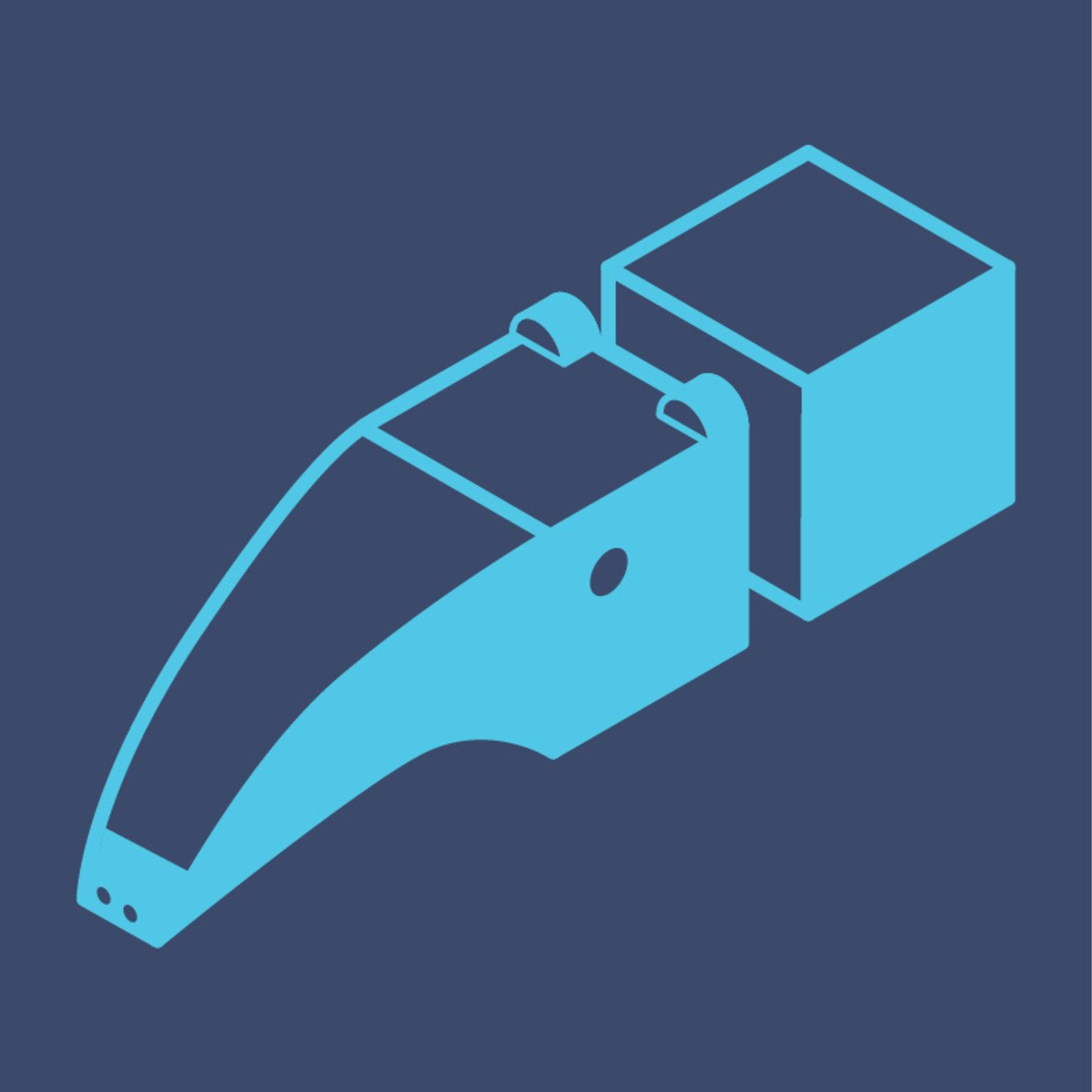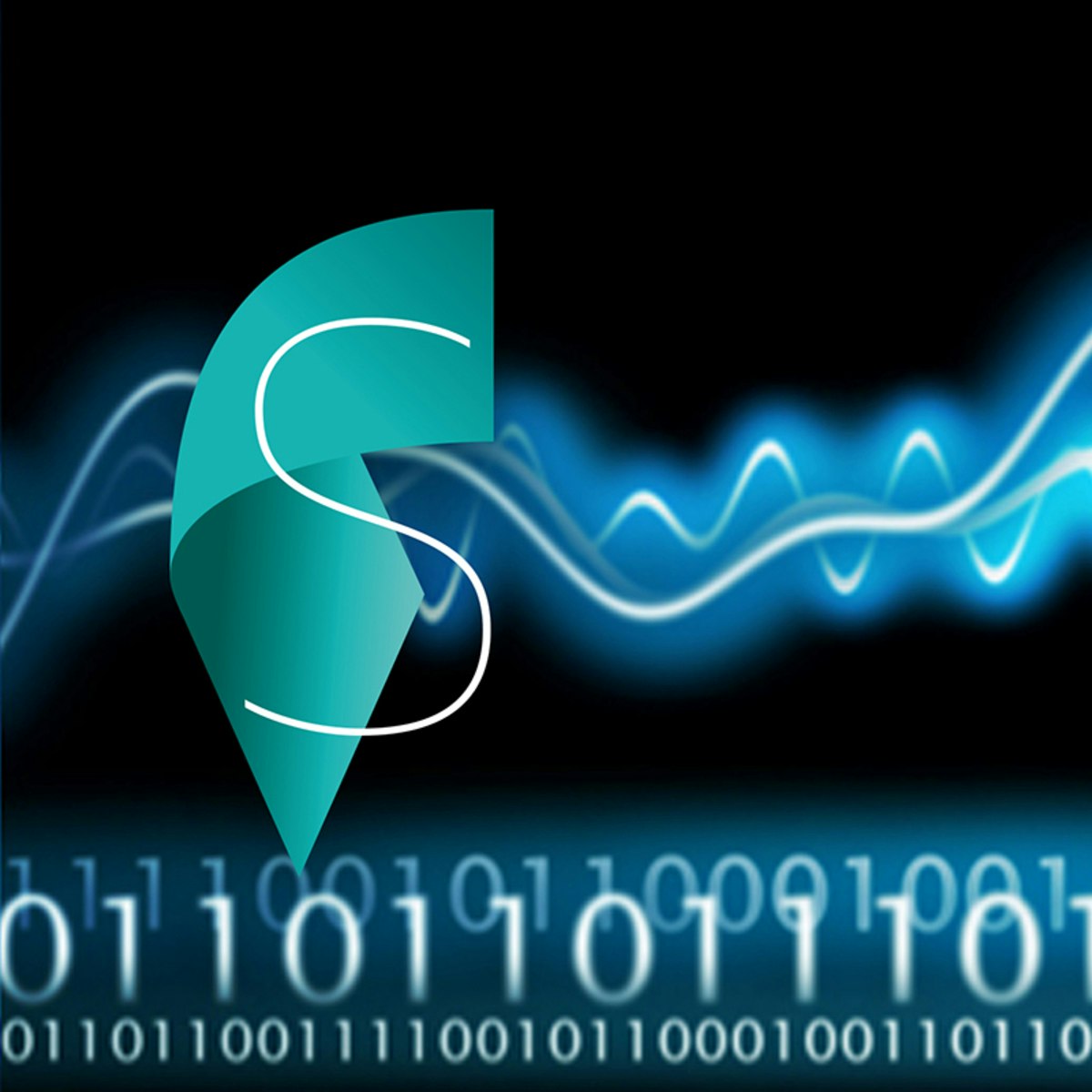Back to Courses









Algorithms Courses - Page 32
Showing results 311-320 of 326

Build Sports Management System using JavaFX
By the end of this project, you will create a Sport Club Management System using JavaFX. This project will give you a great push towards mastering one of the most used programming languages in the world which is Java. In this project, you will be able to identify and apply many functions and features in JavaFX using SceneBuilder, which is a third-party application used to create a JavaFX GUI easily. You will also learn how to create controller classes in Eclipse that consist of methods that control the JavaFX windows. This will help you create a functional, presentable and fully customizable GUI to your preferences. Learning and understanding JavaFX will help you progress in the programming field by creating simple Java applications.

Restful Web Service Spring Boot Visual Studio Code Gradle
In this project you will use the Spring Boot Framework to create a restful web application that returns a list of random numbers to the consumer.
A web service uses a standard protocol and messaging system to transfer data between systems and applications. Restful stands for Representational State Transfer, which uses HTTP to transfer XML or more commonly JSON packets among various applications. The Spring Boot Framework automatically produces the underlying code to help the developer focus on the web service itself, rather than the boilerplate code it produces automatically.
Note: This course works best for learners who are based in the North America region. We’re currently working on providing the same experience in other regions.

Genome Assembly Programming Challenge
In Spring 2011, thousands of people in Germany were hospitalized with a deadly disease that started as food poisoning with bloody diarrhea and often led to kidney failure. It was the beginning of the deadliest outbreak in recent history, caused by a mysterious bacterial strain that we will refer to as E. coli X. Soon, German officials linked the outbreak to a restaurant in Lübeck, where nearly 20% of the patrons had developed bloody diarrhea in a single week. At this point, biologists knew that they were facing a previously unknown pathogen and that traditional methods would not suffice – computational biologists would be needed to assemble and analyze the genome of the newly emerged pathogen.
To investigate the evolutionary origin and pathogenic potential of the outbreak strain, researchers started a crowdsourced research program. They released bacterial DNA sequencing data from one of a patient, which elicited a burst of analyses carried out by computational biologists on four continents. They even used GitHub for the project: https://github.com/ehec-outbreak-crowdsourced/BGI-data-analysis/wiki
The 2011 German outbreak represented an early example of epidemiologists collaborating with computational biologists to stop an outbreak. In this online course you will follow in the footsteps of the bioinformaticians investigating the outbreak by developing a program to assemble the genome of the E. coli X from millions of overlapping substrings of the E.coli X genome.
The Merkle Tree and Cryptocurrencies
Apply what you have learned about cryptography and hashing in previous blockchain to the Merkle Tree, which underlies the process of adding new blocks — representing new transactions — to the blockchain. This course also introduces the concepts of proof of work and proof of stake, which play an important part in ensuring the integrity of the blockchain.
This course requires the purchase of two books for the completion of assignments:
Drescher, D. (2017). Blockchain Basics: A Non-Technical Introduction in 25 Steps. (ISBN-13: 978-1484226032)
Antonoupoulos, A. M. (2017). The Internet of Money, Volume Two. (ISBN-13: 978-1947910065)

Digital Signal Processing 4: Applications
Digital Signal Processing is the branch of engineering that, in the space of just a few decades, has enabled unprecedented levels of interpersonal communication and of on-demand entertainment. By reworking the principles of electronics, telecommunication and computer science into a unifying paradigm, DSP is a the heart of the digital revolution that brought us CDs, DVDs, MP3 players, mobile phones and countless other devices.
The goal, for students of this course, will be to learn the fundamentals of Digital Signal Processing from the ground up. Starting from the basic definition of a discrete-time signal, we will work our way through Fourier analysis, filter design, sampling, interpolation and quantization to build a DSP toolset complete enough to analyze a practical communication system in detail. Hands-on examples and demonstration will be routinely used to close the gap between theory and practice.
To make the best of this class, it is recommended that you are proficient in basic calculus and linear algebra; several programming examples will be provided in the form of Python notebooks but you can use your favorite programming language to test the algorithms described in the course.

Upgrade Your JavaScript OOP to TypeScript
In this one hours hands-on project, you will learn about the additional features that TypeScript adds to JavaScript oriented-oriented programming. You will convert a sample project from JavaScript to TypeScript like so many organizations are doing, find a hidden bug and then develop new features with the additional safeguards of TypeScript.
Required: Experience in object-oriented JavaScript programming

Simulate the Stock Market with AngularJS Components
In this 1.5 hour guided project, you will add AngularJS components to a simulated stock investment web application and make it functional. At the end of the class you will have learned the architecture of AngularJS components as well as data binding and inter-component communication.
Basic Angular, HTML, JavaScript, and CSS. Taking my other class “Make a Bill Splitter app with AngularJS” first is highly recommended.

Write a Mini Reservation Application with Kotlin
In this 1.5 hours project-based course, you will complete and improve a mini airline reservation application and learn more advanced concepts of Kotlin such as higher order functions, lambda expressions, infix notation, Java interoperability, and many more. At the end of the class you will have a deepened understanding of Kotlin.

Create Custom Layers in Keras
In this 1-hour long project-based course, you will learn how to create a custom layer in Keras, and create a model using the custom layer. In this project, we will create a simplified version of a Parametric ReLU layer, and use it in a neural network model. Then we will use the neural network to solve a multi-class classification problem. We will also compare our activation layer with the more commonly used ReLU activation layer.
This course runs on Coursera's hands-on project platform called Rhyme. On Rhyme, you do projects in a hands-on manner in your browser. You will get instant access to pre-configured cloud desktops containing all of the software and data you need for the project. Everything is already set up directly in your Internet browser so you can just focus on learning. For this project, you’ll get instant access to a cloud desktop with (e.g. Python, Jupyter, and Tensorflow) pre-installed.
Prerequisites:
In order to be successful in this project, you should be familiar with python programming, neural networks, and Keras.
Notes:
- You will be able to access the cloud desktop 5 times. However, you will be able to access instructions videos as many times as you want.
- This course works best for learners who are based in the North America region. We’re currently working on providing the same experience in other regions.

Java Classes and Objects
In Object-Oriented Programming in a language such as Java, Classes and Objects are often used interchangeably but there is a distinction between the two. A class is a blueprint for objects.
In this project you will create an application that defines a Car class and create one to many Car objects. A Car class contains the common attributes all cars have; color, make and model. When a Car Object is made from the Car class, it is then assigned a specific color, such as a red Nissan Sentra or a blue Toyota Camry.
Note: This course works best for learners who are based in the North America region. We’re currently working on providing the same experience in other regions.
Popular Internships and Jobs by Categories
Find Jobs & Internships
Browse
© 2024 BoostGrad | All rights reserved